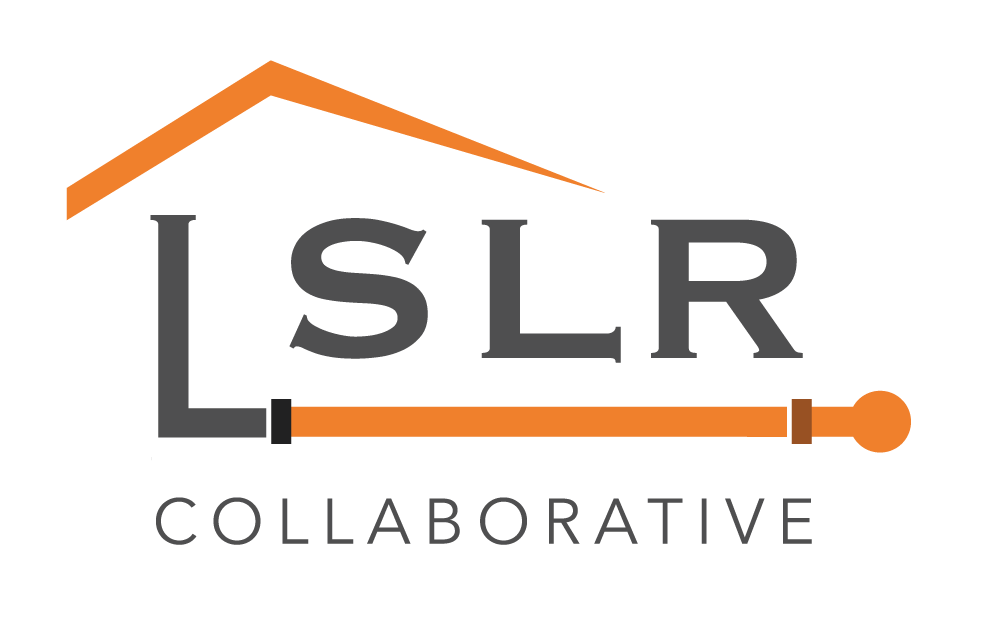|
Water Quality Products See the full article online The state now requires water systems to notify residents and provide filters for lead service line replacement The Ohio EPA released new regulations regarding how Ohio public water systems must alert residents and businesses when lead services lines are being replaced, according to Dayton Daily News. Under the new rule, every public water system in Ohio must notify residents or business owners 45 days before working on lead service lines. Additionally, water systems are now required to provide filters to residents for up to three months after work is complete. The new rules comes as cities across Ohio are working to replace lead service lines and amid debate over partial versus full lead service line replacement. According to the U.S. EPA, the total number of lead service lines is unknown but as many as 10 million homes may be connected to lead service lines across the country. In Ohio, water utilities are working to replace public lead service lines, but the burden of private lead service lines replacement falls on the homeowner, with an estimated price tag of up to $9,000.
“There are no local incentives for people to replace [their part of the service lines] that I’m aware of,” said Aaron Zonin, deputy director of the Dayton, Ohio, water department. “This rule came really fast.” The city of Dayton, Ohio, began a plan to replace about 1% of its more than 800 miles of water infrastructure each year in 2013, as reported by Dayton Daily News. The city plans to invest more than $160 million in the next 10 years on water infrastructure upgrades. “Years ago, we began an aggressive program to replace public water infrastructure,” Zonin said. “We were thinking ahead; we were aggressive. We have everything in place.” Comments are closed.
|
Have a suggestion for an article or blog to add?
Let us know! Type
All
Date
April 2023
|


 RSS Feed
RSS Feed